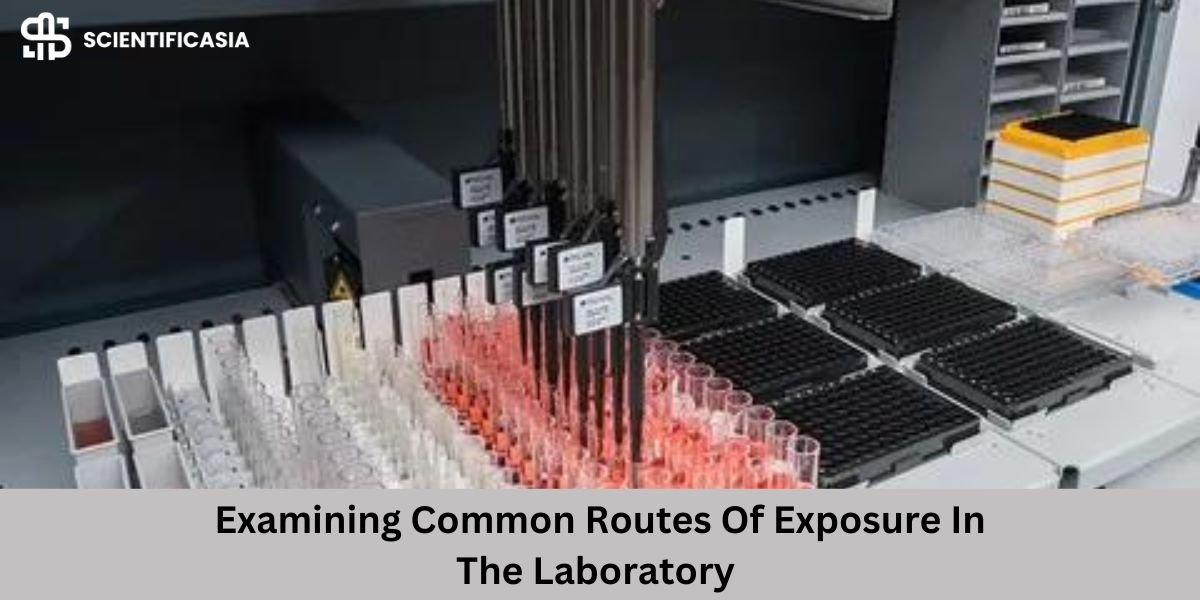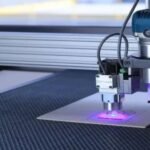The scientists and medical professionals who work with dangerous substances are modern heroes who regularly put themselves at risk in an ongoing effort to save and protect human life. The last century has seen a witch’s brew of dangerous and deadly viruses and bacteria wreak havoc on our societies, sickening and killing hundreds of thousands of people. Researchers have worked ceaselessly to combat these fatal organisms and save lives.
Unfortunately, there are a distressing number of reports and studies attesting to the potential for infection by laboratory personnel working with these dangerous microbial agents. In most cases the exact source of the infection was found to be that the exposures and consequent infections didn’t occur as the result of accidents, but during the performance of routine laboratory procedures! In many cases, if the researcher had been using better equipment, such as a modern robotic liquid handler, the infection could have been avoided completely. We will now take a closer look at the most common routes of exposure in the laboratory setting:
- Contact Route – Preventing potential exposure of lab personnel by the contact route requires robust safety procedures to be adhered to to prevent contamination of body or work surfaces. The physical implementation of these safety procedures includes wearing proper protective gloves and clothing, using absorbent disposable coverings to protect work surfaces, maintaining caution and care when performing procedures, and properly disinfecting and cleansing all exposed work surfaces.
- Oral Route – Although such dangerous procedures are being phased out, there are still cases, particularly in countries with fewer resources, in which risky practices like mouth pipetting are still in use, sometimes resulting in the accidental oral digestion of dangerous substances. These kinds of exposures are avoidable with the use of mechanical liquid handling devices. The danger of indirect oral exposure can also be avoided by the hygienic practice of regular hand washing, and by never placing any objects, especially fingers, in the mouth while working. Surgical masks and face shields also protect the lab worker from the accidental splashing of infectious material into the mouth.
- Ocular Route – They say: the eyes are the window of the soul”, and they are also the doorway for airborne contaminants to enter the body! Wearing a face shield, goggles, or safety glasses are absolute requirements in the laboratory, they can protect the lab worker from the accidental splashing of infectious materials into their eyes.
- Respiratory Route – Some laboratory procedures regrettably carry the potential for generating respirable aerosols and releasing them into the surrounding atmosphere. These include centrifugation, homogenization, sonication, heating inoculating loops, opening lyophilized preparations, and the discharge of remaining fluids from used pipettes. Utmost caution and strict adherence to safety practices must be used whenever these procedures become necessary to prevent exposure via the respiratory route.
By making the move to better, modern equipment whenever possible, and by maintaining safety measures at all times, these exposures can be prevented.
















